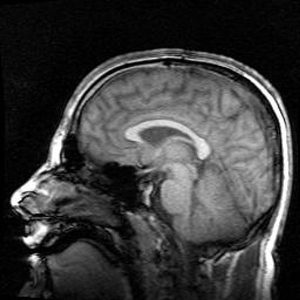- Free Consultation: 760-571-5500 Tap Here to Call Us
Football in California May Irreparably Alter Kids’ Brains

If your child currently plays tackle football in San Diego County, you might want to think twice before agreeing to let your child attend another practice or play in another game. Indeed, according to a recent article from NBC News, a new study suggests that head injuries of all sorts—including but not limited to concussions—may irreparably alter a child’s brain. The study was conducted by a team of researchers at Wake Forest Baptist Medical Center, who were interested in exploring the wider effects of head trauma on kids who play football. Unlike several other recent studies, these researchers wanted to broaden their study to include more brain injuries than just concussions. In so doing, they learned that various types of head injuries can change the way a child’s brain works.
Details of the Recent Study of Youth Football Players
Currently, about three million kids across the United States play in tackle football programs. Up until now, research has primarily looked at the effects of concussions and has explored ways to prevent mild traumatic brain injuries (TBIs). However, the recent study from Wake Forest suggests that we need to be worrying about more injuries than just concussions.
In studying 25 different youth football players between the ages of 8 and 13, the researchers were surprised to learn of the force with which kids on the field sustained hits to the head. The researchers equipped each child with a helmet that included sensors to measure both the frequency of head impacts, as well as their severity. Of the children studied, 60% sustained hits to the head during the course of a practice that registered on the researchers’ scales. According to Dr. Alex Powers, one of the authors of the study who is also a pediatric neurosurgeon, the youth players were “hitting [one another] at extremely high levels.”
Prior to recording data from the head hits, the kids involved in the study underwent pre-season MRIs. After the season was over, the researchers performed post-season MRIs of the brains of each of the children involved in the study. What were the researchers looking for? In brief, they were seeking out “tiny changes in white matter, which is the tissue that connects the neuron-rich gray matter.” And what did they find? According to Dr. Chris Whitlow, one of the lead researchers in the study, the researchers “detected some changes in the white matter . . . and the importance of those changes is that the more exposure you have had to head impacts, the more change you have.”
Impacts of the Study on Kids and Sports
What impacts will—or should—the new study have? According to Whitlow, the study should make clear to parents and to coaches that children’s brains are changing and growing, especially when they are between the ages of 9 and 18. Given that we still do not know a lot about precisely how those brain changes impacts kids in the long run, we may need to reconsider whether it makes sense to allow kids to play tackle football.
At the same time, though, Whitlow emphasizes that the study also warrants more study to answer some of the following questions:
- Do changes to children’s brains as a result of football injuries persist, or do they heal themselves?
- Do injuries worsen as kids sustain more hits to the head?
- What are the long-term effects, in young adulthood and into old age, of head injuries sustained during childhood?
In the meantime, if you have questions about filing a brain injury lawsuit in California, a brain injury attorney in San Diego can assist with your case. Contact the Walton Law Firm to discuss your options.
See Related Blog Posts: Youth Football Helmets Recalled Due to Injury Risk NFL Implicated in Influencing Brain Injury Research
(image courtesy of Oliver Stollmann)









